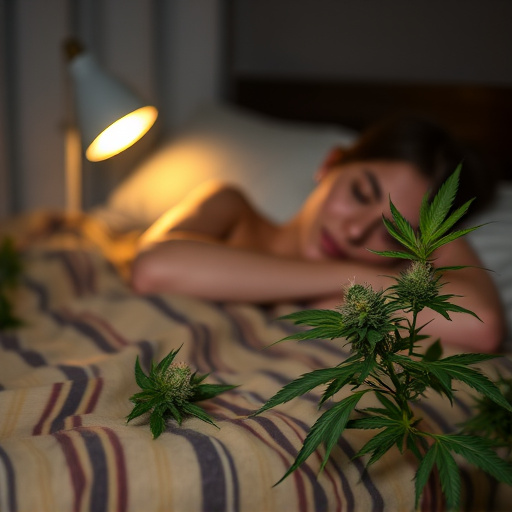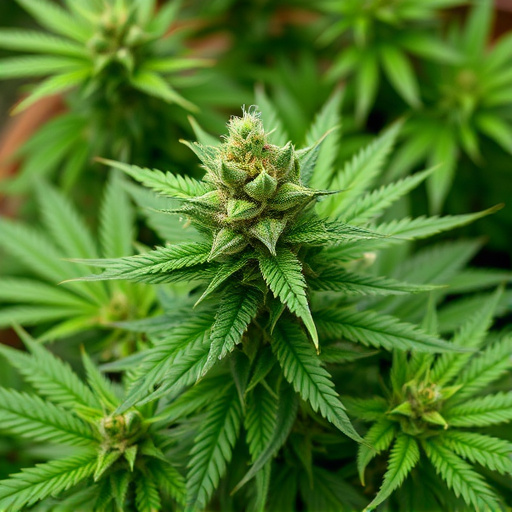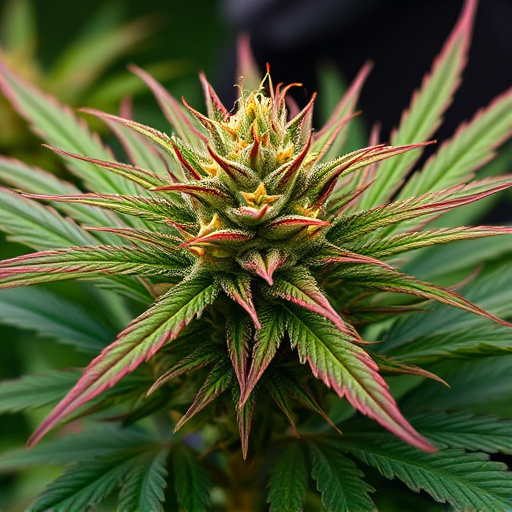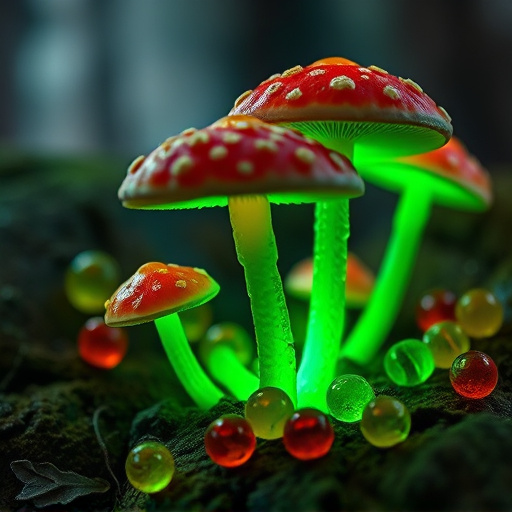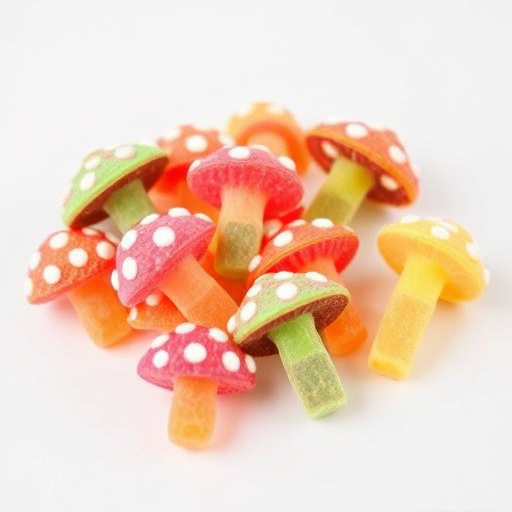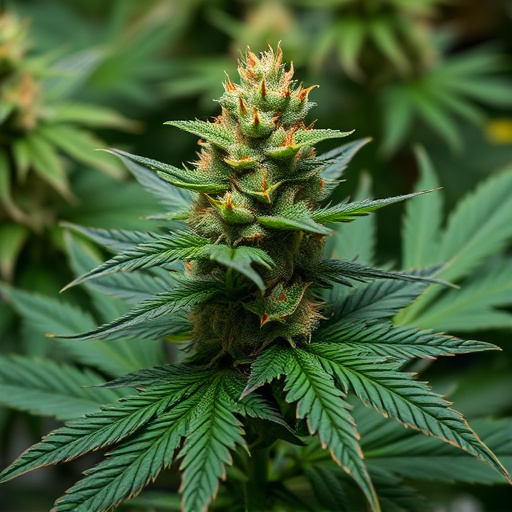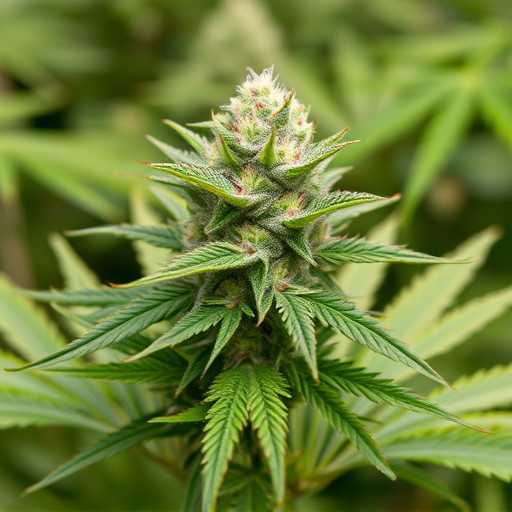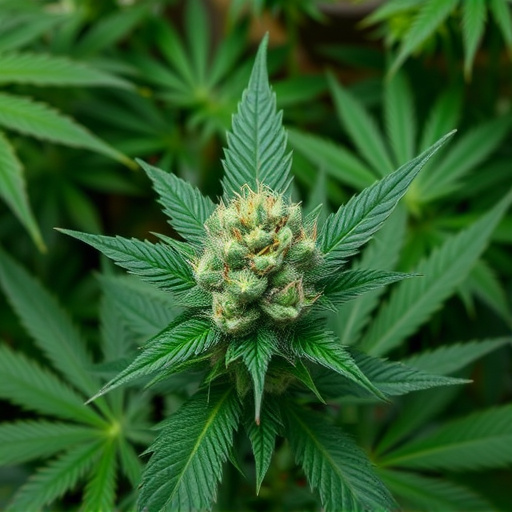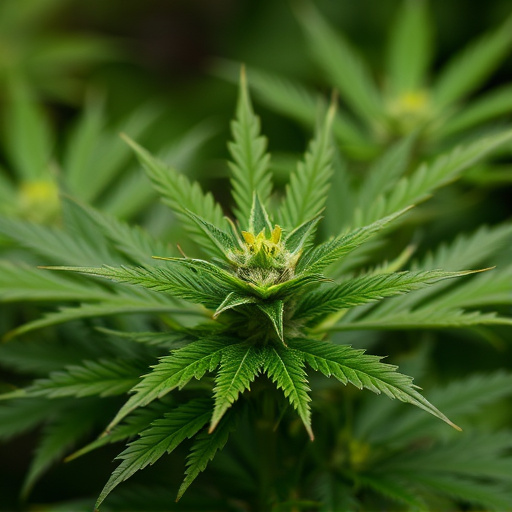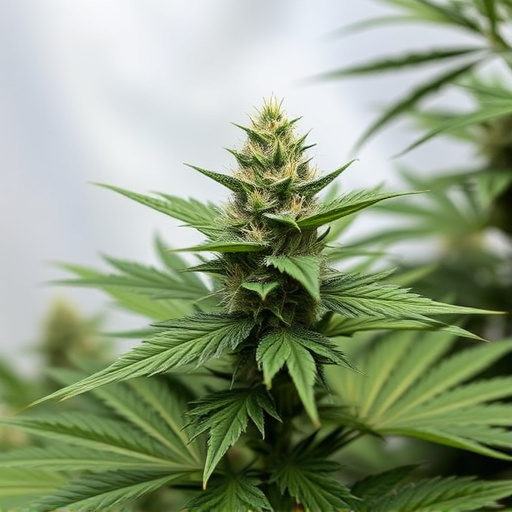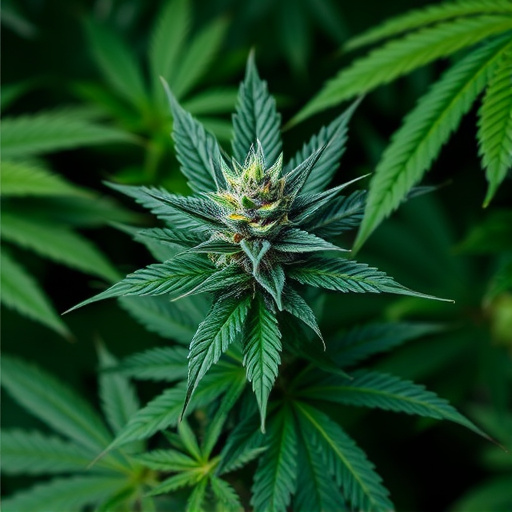TL;DR: Cannabis flower freshness is key to effective PTSD treatment, with fresh strains containing higher THC and CBD levels crucial for managing symptoms like anxiety, insomnia, and flashbacks. Visual and olfactory cues, such as vibrant color, intact trichomes, and appealing aroma, indicate freshness. Laboratory testing ensures the potency and safety of cannabis strains for PTSD by measuring cannabinoids and terpenes, critical for accurate labeling and consumer safety in a dynamic market.
“Uncover the secrets to ensuring the freshest cannabis flowers for effective PTSD treatment. This comprehensive guide explores the intricate balance between cannabis freshness and its therapeutic potential. By understanding how to discern fresh cannabis through visual and olfactory cues, you’ll gain valuable insights.
We delve into practical testing methods, empowering users to choose optimal cannabis strains for PTSD relief. Discover the impact of freshness on your well-being and unlock a new level of wellness.”
- Understanding Cannabis Flower Freshness and Its Impact on PTSD Treatment
- Visual and Olfactory Indicators of Fresh Cannabis
- Testing Methods for Assessing Cannabis Flower Quality in PTSD Relief
Understanding Cannabis Flower Freshness and Its Impact on PTSD Treatment
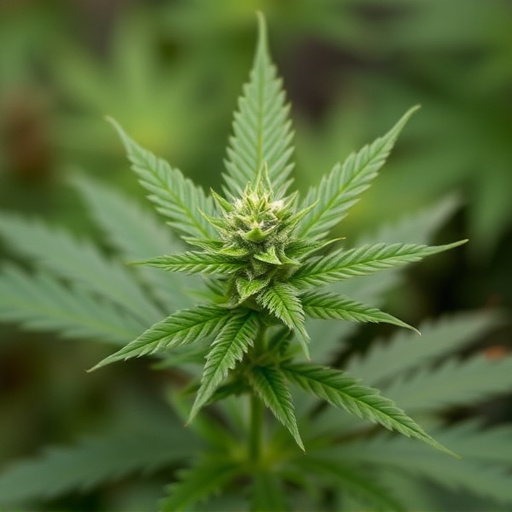
Understanding Cannabis Flower Freshness and Its Impact on PTSD Treatment
Cannabis flower freshness is a critical factor in determining the efficacy and potency of cannabis strains for PTSD (post-traumatic stress disorder) treatment. Fresh cannabis contains higher levels of cannabinoids, such as THC and CBD, which are essential for managing symptoms associated with PTSD, including anxiety, insomnia, and flashbacks. As cannabis flowers age, they lose these valuable compounds, reducing their therapeutic potential.
In the context of PTSD treatment, using fresh cannabis strains can significantly enhance the overall effectiveness of various therapeutic approaches. For instance, fresh cannabis may help individuals experiencing PTSD to better manage their symptoms, improve sleep quality, and promote relaxation, thereby fostering a sense of calm and reducing the intensity of traumatic memories or triggers. This, in turn, can lead to improved mental health outcomes and an enhanced quality of life for those suffering from this condition.
Visual and Olfactory Indicators of Fresh Cannabis
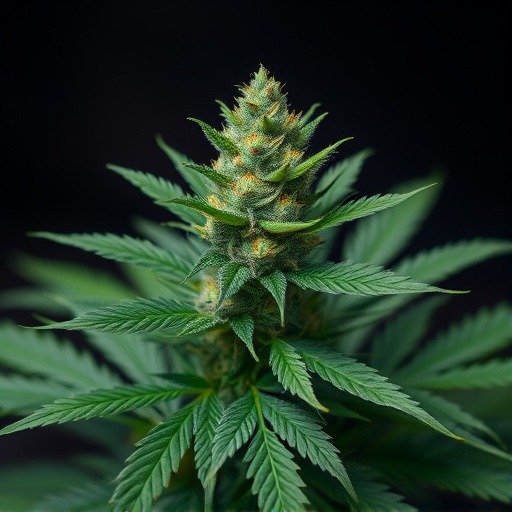
When evaluating the freshness of cannabis flowers, especially those sought after by medical users looking for cannabis strains for PTSD relief, visual and olfactory cues are key indicators. Fresh cannabis should appear vibrant green with intact trichomes—these tiny glandular hairs give the bud its sticky texture and are responsible for many of the plant’s therapeutic compounds. They should be clear or milky, not discolored or brown, which can indicate oxidation and loss of potency. The overall appearance should be dense, compact, and free from any visible signs of mold or pest damage.
Aromatically, fresh cannabis offers a complex, appealing scent that’s characteristic of its specific strain. Skilled users can detect subtle nuances, but generally, fresh cannabis will have an earthy, floral, or fruity aroma—whichever is typical for the particular strain. If the bud smells pungent, chemical, or like solvent (a sign of improperly extracted products), it’s likely past its prime and may not be as effective when used for medicinal purposes, such as managing PTSD symptoms.
Testing Methods for Assessing Cannabis Flower Quality in PTSD Relief
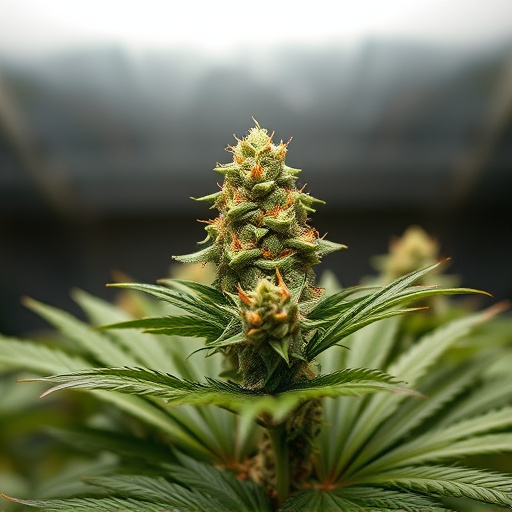
Testing methods play a pivotal role in assessing the quality and potency of cannabis flowers, especially when it comes to providing relief from Post-Traumatic Stress Disorder (PTSD). For individuals seeking cannabis strains for PTSD, understanding these testing methods is essential. One common approach involves using laboratory equipment to measure specific cannabinoids and terpenes present in the plant matter. Cannabinoids like THC and CBD are known to offer therapeutic benefits, with varying ratios offering different effects. Terpenes, on the other hand, contribute to the unique aroma and flavor profiles, but they also possess potential anti-inflammatory and anxiolytic properties that can aid in PTSD treatment.
Additionally, advanced testing techniques such as gas chromatography-mass spectrometry (GC-MS) provide a comprehensive analysis of the cannabis flower’s chemical composition. This method ensures that what’s on the label matches the actual contents, ensuring consumers get the expected effects from their chosen cannabis strains for PTSD. Such rigorous testing is crucial in the rapidly evolving cannabis industry to guarantee product quality and safety.
When selecting cannabis strains for PTSD treatment, ensuring freshness is paramount. By understanding visual and olfactory cues, as well as employing reliable testing methods, patients can secure high-quality flowers that maximize their therapeutic benefits. Keeping these simple guidelines in mind helps ensure a more effective and enjoyable experience with cannabis for PTSD relief.
